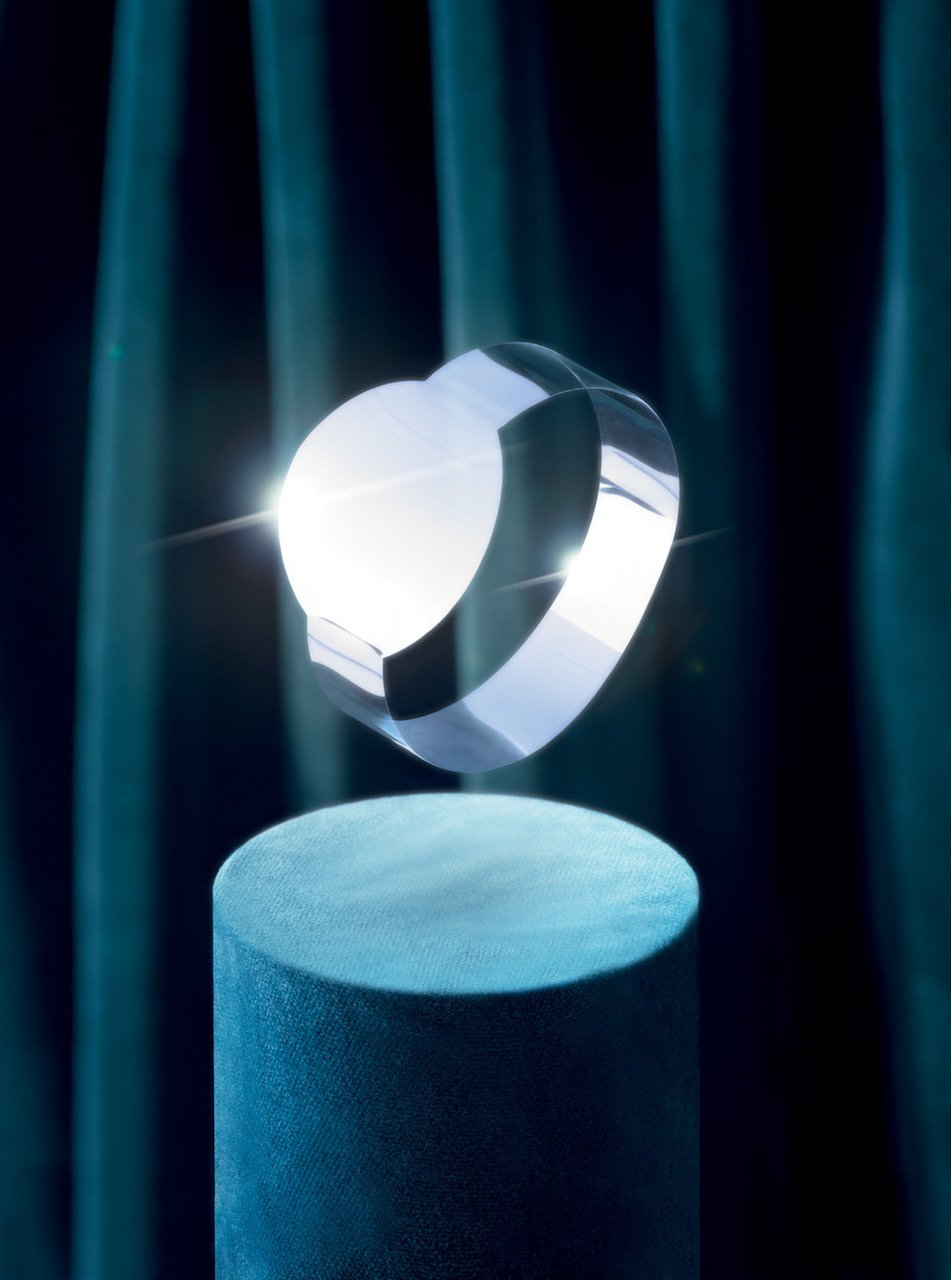On a recent evening just outside New York City, 20 of the biggest watch collectors in the country gathered. The occasion: An upcoming sale at Phillips auction house. The host: the company’s head of watches for the Americas, Paul Boutros— who brought along a little preview. But amid the conversation about Pateks and Paul Newmans, Reversos and Aquanauts, RM 11-03s and Rolex 6265s, the conversation turned metaphysical. Why, some of the group—which included financiers, techpreneurs, a medical doctor, Hollywood producers, a doctor of philosophy—began to wonder, am I still so obsessed with timepieces? What does it all mean? What is a watch truly worth today? Why am I willing to pay so much? And, where the f-ck are all the watches?
At the risk of sounding dramatic, watch collecting is facing an existential crisis. For those who care about such things, the very expensive hobby (and new blue-chip investment category) has never been more popular. Never before have prices been higher. Also never before, inventory—like, poof! It has never been more scarce.
We are in the middle of an horology boom. Over the past year, at stores across the country, long standing customers have been shocked to find no watches to buy—particularly from the most in-demand brands: Rolex, Audemars Piguet, Patek Philippe, and Richard Mille. According to a report from Morgan Stanley this past March, Rolex sold 810,000 watches in 2020, while Patek Philippe sold about 53,000 watches, Audemars Piguet around 60,000, and Richard Mille some 4,300. Rolex, a notoriously secretive firm (which is, in fact, owned by the Hans Wilsdorf foundation), shocked the industry recently when the company actually commented on the shortage, citing their four watchmaking facilities and their refusal to speed things up to sacrifice quality. (Rolex also addressed what had, for some, begun to feel like gaslighting: “The scarcity of our products is not a strategy on our part.”)
In the past decade, two events forever changed watch collecting. First, in 2010, Instagram both amplified and magnified the nature of watch collecting. This previously rarified world, less velvet roped than armed-guarded, was opened up to fandom. These 8-inch, half-pound treasures came fully into focus. The Royal Oaks and Nautiluses were identified, cataloged, worshiped, and— cringe—hashtagged. Just as fashion was irrevocably changed when Carrie Bradshaw taught the world how to pronounce “Manolo Blahnik” and “Birkin,” luxury watches were both democratized and further shut off. A lane for the secondary market was paved.
The second event to change watches: the pandemic. This past November, Phillips set a world record for a watch auction, with its Geneva Watch Auction “XIV”, which netted $74.5 million. Boutros (currently wearing: 1989 Rolex Daytona ref. 16520 with “4-Liner” black dial) is still shocked. Some highlights included a 64-yearold Omega Speedmaster nicknamed “Tropical Broad Arrow,” which sold for $3.4 million. A limited-series Richard Mille (to be precise, no. 21 of 50 from Mille’s collaboration with tennis star Rafael Nadal) sold for $1.8 million. And, in another record-setting moment, a Philippe Dufour Grande et Petite Sonnerie in yellow gold went for $5.1 million. (Sold! The most ever paid for a timepiece by an independent watchmaker at auction, and what some collectors saw as a harbinger for the big guys.)
Writer Jason Sheeler dives into the current timepiece boom; read more from his report in PALMER Vol. 1, available now.



